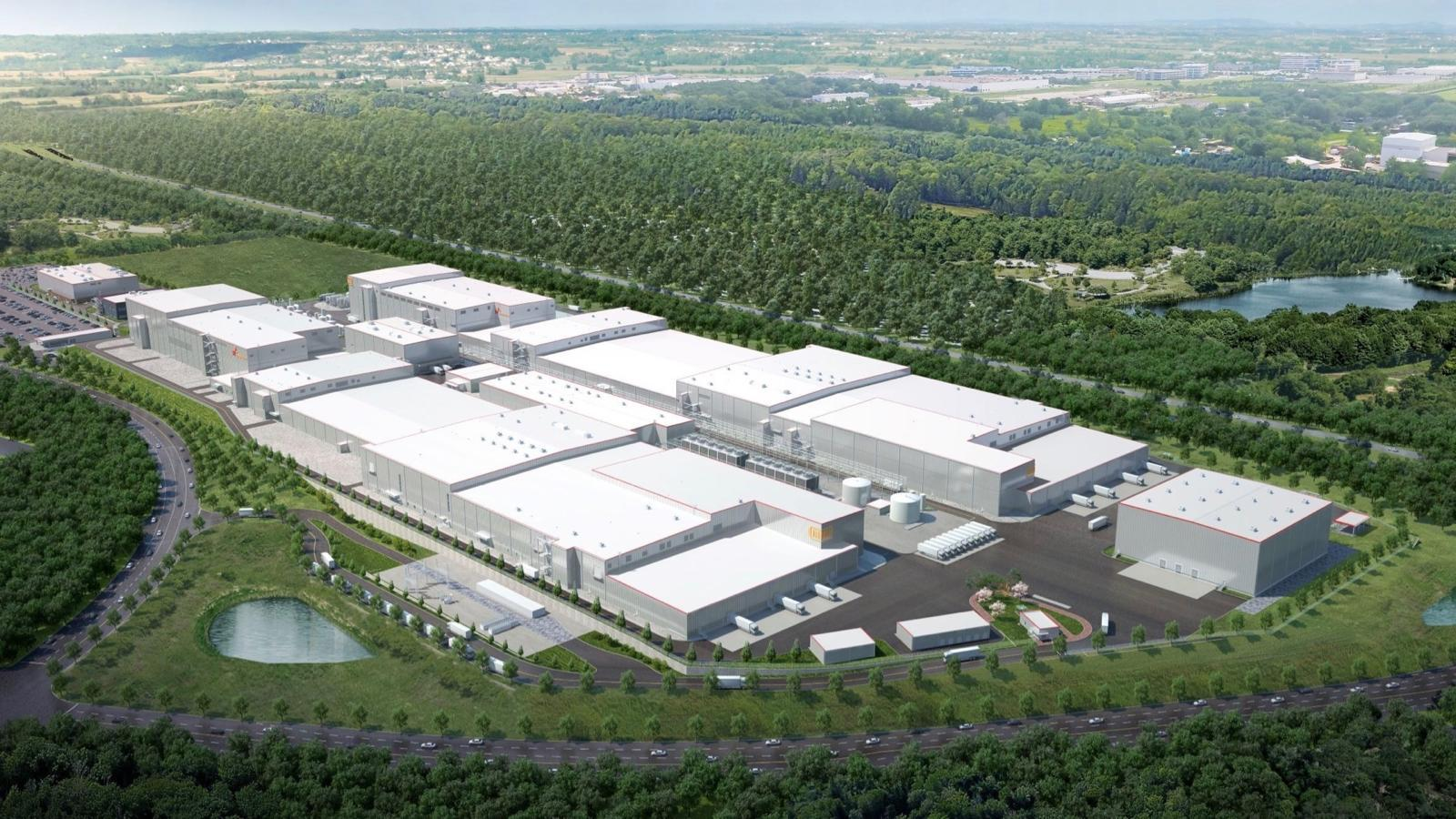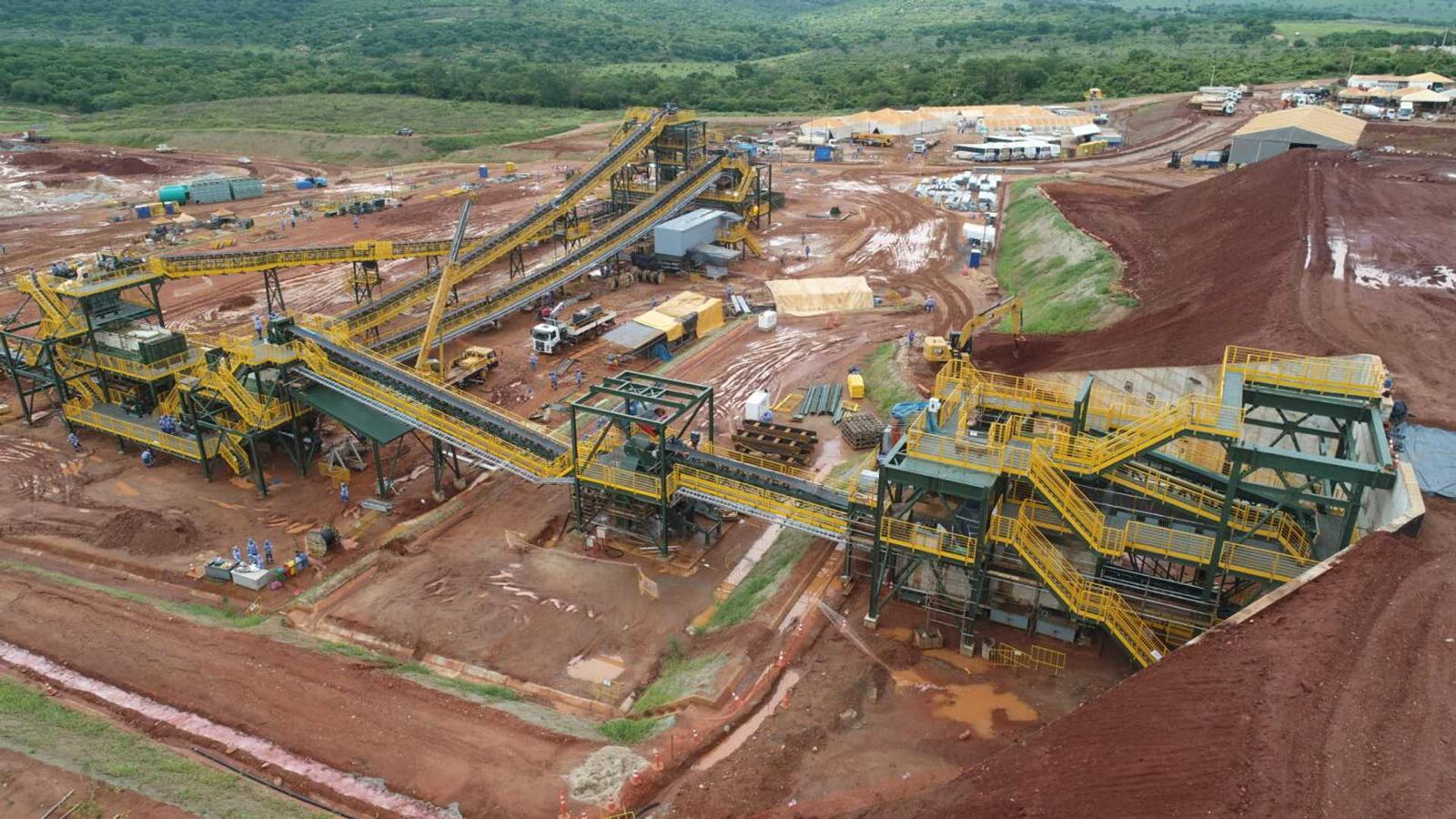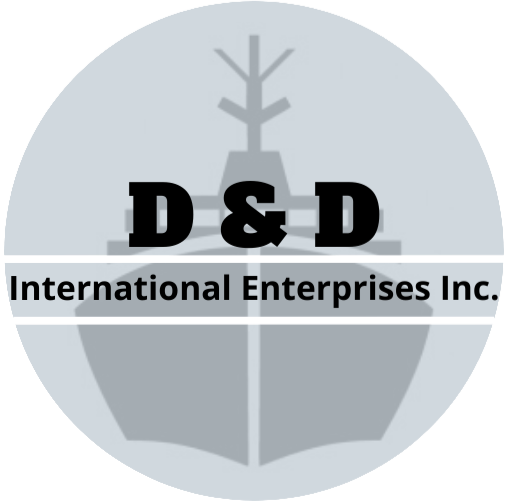

INVESTMENT IN A LITHIUM MINING IN GHANA

The proposed lithium mine is located in the Central Region of Ghana, where geological surveys have identified substantial deposits of high-grade lithium spodumene. The site covers an estimated reserve of 30 million tons of lithium ore, with a lithium oxide content averaging 1.4%.
Lithium mining can take place in two main ways from hard rock ores or from salt brines. The dominant source of lithium extraction today relies on evaporating brines. Water with a high concentration of salts, including lithium, occurs naturally in some lakes, hot springs, and aquifers, and as a byproduct of oil and natural gas operations and of seawater desalination.
The cost of producing concentrate at hard-rock lithium mines is generally lower than that of producing lithium chemical products from brines. According to data from S&P Global Market Intelligence’s 2019 lithium cost curve, the most significant cost component at hard-rock mines is labour, which is estimated to make up almost 30% of total cash costs in 2019, compared to just 9% at brine producers. In 2019, the average total cash cost across 11 operating hard-rock producers was US$2,540/t LCE, which compares with US$5,580/t LCE across nine brine operations.

